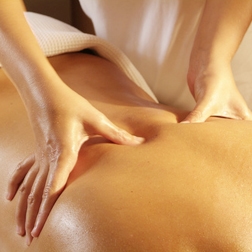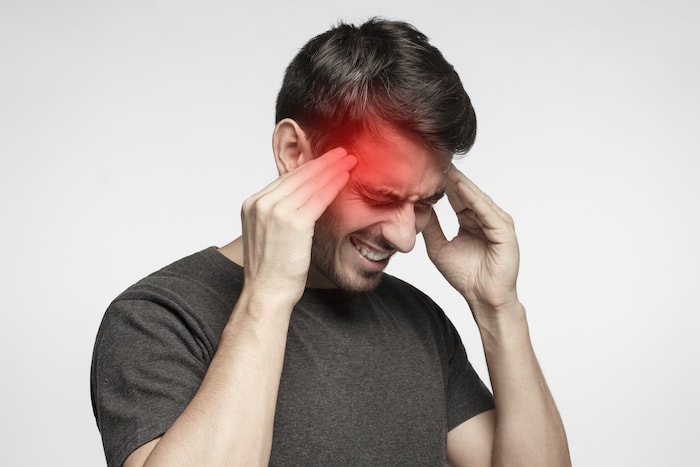In today’s fast-paced world, headaches have become a common ailment affecting millions of individuals worldwide. According to the World Health Organization (WHO), it is estimated that almost half of the adult population have experienced a headache at least once within the last year. Whether triggered by stress, tension, or other factors, headaches can significantly impair one’s quality of life. While medications offer relief, there’s growing interest in alternative therapies like massage for headache management.
Understanding Headaches:
Headaches manifest in various forms, including tension headaches, migraines, and cluster headaches. While their causes differ, muscle tension and stress often play significant roles. Tension headaches, for instance, are commonly associated with tight muscles in the neck, shoulders, and scalp. Migraines, on the other hand, involve complex neurological processes and are often accompanied by sensitivity to light and sound.
The Therapeutic Power of Massage:
Massage therapy, an ancient healing practice, involves manipulating soft tissues to relieve tension, improve circulation, and promote relaxation. It encompasses various techniques, including Swedish massage, deep tissue massage, and trigger point therapy. When applied to the head, neck, and shoulders, massage can target the muscular tension contributing to headaches.
Mechanisms of Action:
Massage works through several mechanisms to alleviate headaches:
- Muscle Relaxation: By kneading and applying pressure to tense muscles, massage promotes relaxation and releases built-up tension. This helps alleviate muscle stiffness and tightness commonly associated with tension headaches.
- Improved Circulation: Massage stimulates blood flow to the affected areas, delivering oxygen and nutrients while removing toxins and metabolic waste products. Enhanced circulation can reduce the intensity and frequency of headaches by promoting tissue healing and reducing inflammation.
- Stress Reduction: Massage induces a state of deep relaxation, triggering the release of endorphins, serotonin, and other neurotransmitters associated with feelings of well-being. By reducing stress hormone levels like cortisol, massage helps alleviate the emotional and physical stressors contributing to headaches.
- Pain Modulation: Through the gate control theory of pain, massage interrupts the transmission of pain signals to the brain by stimulating sensory receptors and promoting the release of pain-relieving chemicals. This can lead to a decrease in headache intensity and duration.
Book your massage appointment online: https://massagetherapypaloalto.com/online-booking/
Read our therapists’ bio: https://massagetherapypaloalto.com/therapists/

Evidence of Efficacy: Numerous studies have investigated the efficacy of massage for headache relief, with promising results. A meta-analysis published in the American Journal of Public Health (Quintner et al., 2019) found that massage therapy significantly reduced the frequency and intensity of tension headaches compared to control groups. Similarly, research published in the Journal of Manipulative and Physiological Therapeutics (Moraska et al., 2015) demonstrated the effectiveness of massage in reducing migraine frequency and improving quality of life.
Massage therapy offers a holistic approach to headache management by addressing both the physical and psychological aspects of pain. Through its ability to promote muscle relaxation, improve circulation, reduce stress, and modulate pain, massage provides effective relief for individuals suffering from headaches. Incorporating regular massage sessions into one’s wellness routine can not only alleviate existing headaches but also prevent their recurrence, promoting overall health and well-being.
References:
- Quintner, J., Bove, G., & Cohen, M. (2019). A critical evaluation of the trigger point phenomenon. Rheumatology, 58(7), 1214-1219.
- Moraska, A. F., Stenerson, L., & Butryn, N. (2015). Myofascial trigger point-focused head and neck massage for recurrent tension-type headache: A randomized, placebo-controlled clinical trial. The Journal of Manual & Manipulative Therapy, 23(2), 118-127.
